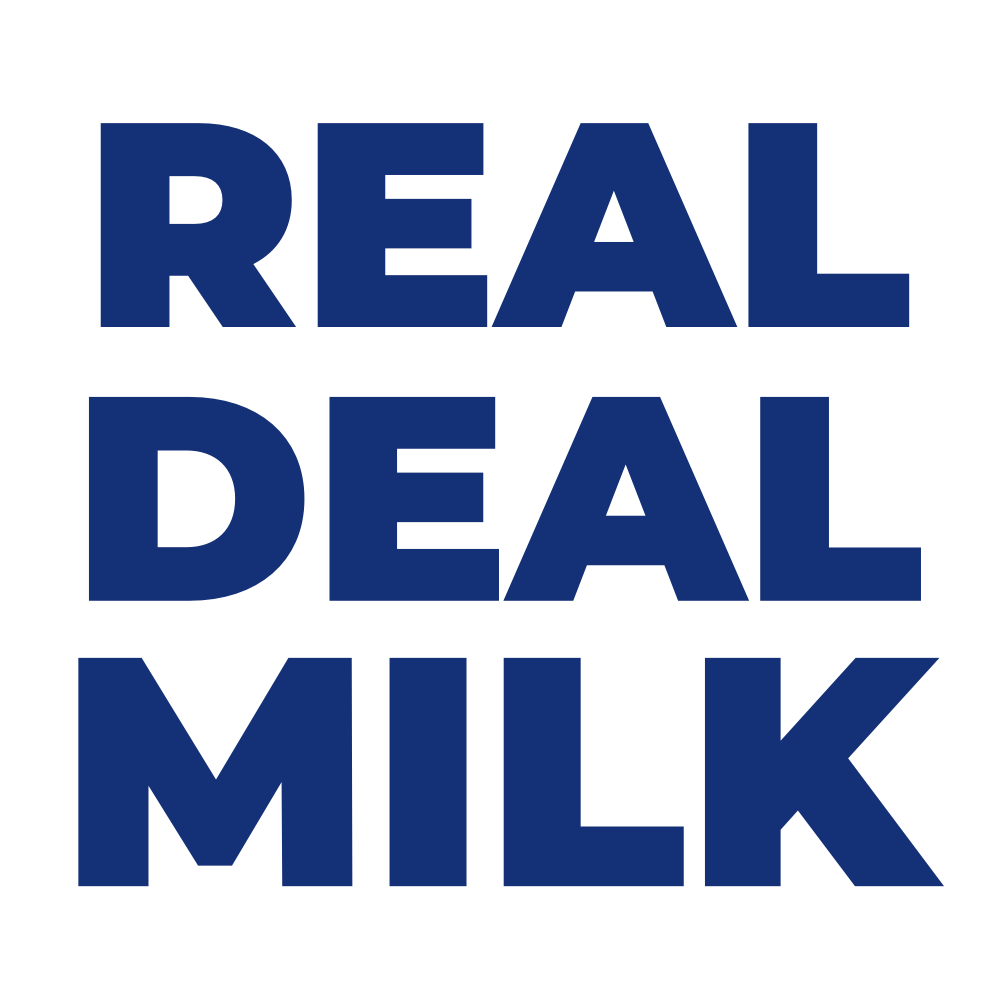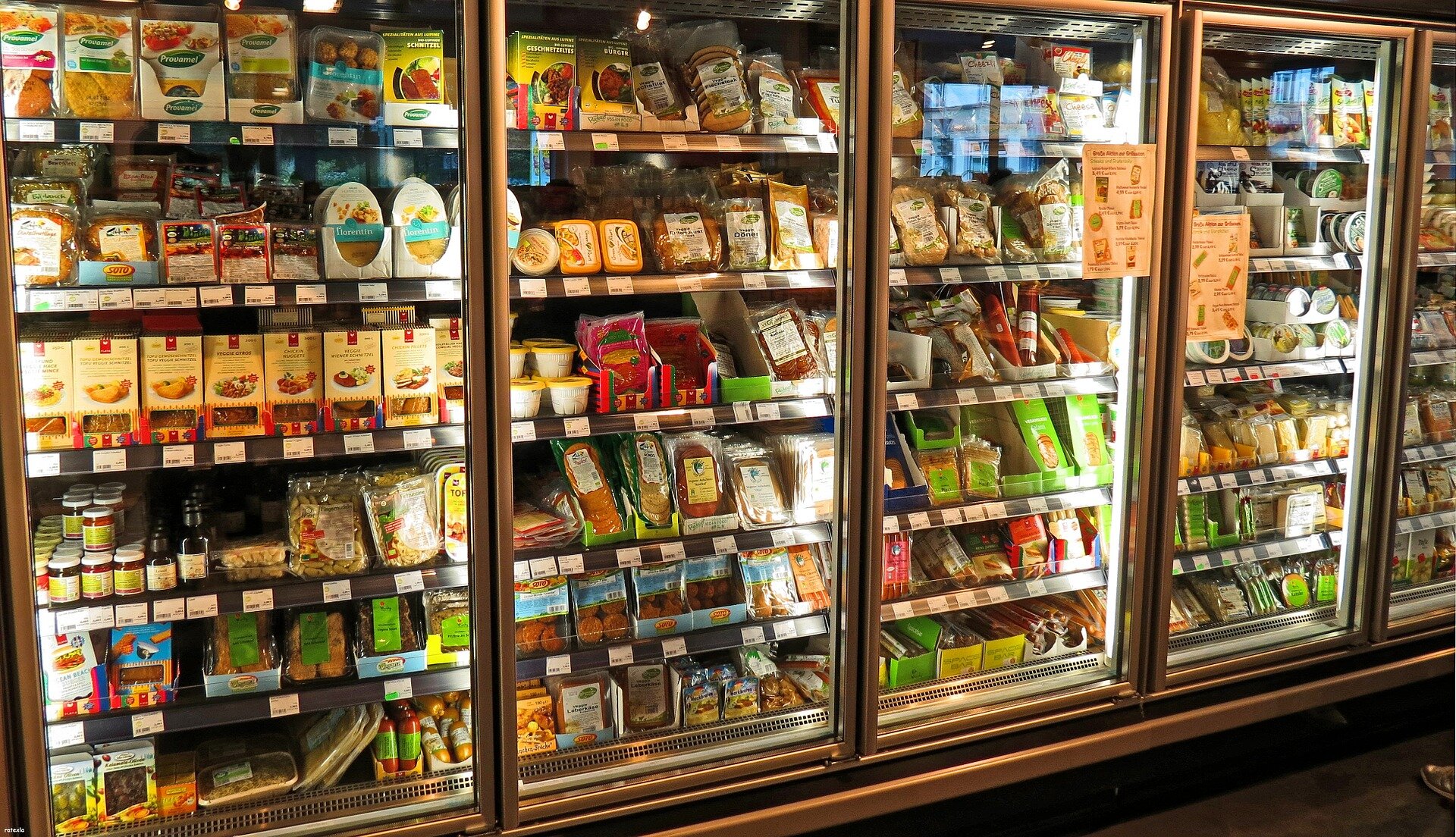Shifting diets
There are more vegans/veggies/pescies/flexies than ever.
A decade ago, following one of these diets may have resulted in sarcastic comments at the dinner table, a disapproving look in restaurants and desperation in the supermarket. But now, they’re more popular than ever.
Whether you’re opting for meat-free days or cutting out animal products altogether, the shift in gear towards diets lower in animal products is being seen everywhere. These dietary changes hold a vital piece of the puzzle in battling climate change.
Who’s eating what?
Animal-free diets are no longer just a trend. They’re widespread and essential.
Country to country, the figures fluctuate, however a recent study (Smart Protein. 2021) found that 30% of Europeans were flexitarian, 3% pescatarian, 5% vegetarian, and 2 % vegan. Demonstrates a large proportion of the population, 40%, who are adjusting their diet to restrict their animal intake. So clearly, the message is spreading.
Why diets are changing?
The big three motives: ethics, environment and health.
Maybe it was one specific as one Netflix documentary that tipped you over into vegetarian life. However, for most people following a vegan or vegetarian diet, these top three motivations are likely to be featured, varying in importance depending on the individual.
In terms of benefiting the environment, plant-based diets far outweigh any diet involving animal products. As we all try to play our part in helping the planet, diet seems like an excellent place to start. Adopting a vegetarian diet allows you to cut food-related emissions by 63%, increasing to 70% with a vegan diet (Oxford Martin. 2016).
The same reasons promote those opting for a flexitarian diet, yet with the additional feeling that they don’t entirely want to give up meat (Veganz. 2020). However, these changes still have an impact. For example, suppose everyone on the planet shook their diet up a little, focusing on plants and choosing more sustainable animal sources. In that case, by 2050, we could save 8 billion tonnes of carbon dioxide emissions (Plackett, B. 2020). Another study by Oxford University also suggested that if just once a week, every family in the UK swapped a red meat meal for a plant-based one, it would be the equivalent of taking 16 million cars off the road (Poore, J. and Nemecek, T. 2018.).
Therefore, changing your diet, either a little or a lot, is a certified method of reducing your carbon footprint.
The industry has shifted too
The food industry has kept up the pace in the march towards plant-based diets.
Supermarkets are beginning to dedicate whole aisles to meat and dairy alternatives. In Europe, the plant-based sector grew 49% between 2018 and 2020 (Smart Protein. 2020). There is no longer only one veggie sausage to choose for the BBQ; there’s bacon from seitan, sausages of soya, ribs produced from tempeh and burgers made of peas.
As the industry grows, the differences between meat and dairy alternatives and the real thing are shrinking. Now, as the focus draws in on cellular agriculture, the distinction between animal proteins originating in an animal or a lab will be non-existent. Thus, helping even more people make the leap to an animal-free diet.
What’s holding people back?
For plenty of people, their diets have remained unchanged.
There are still multiple barriers preventing the dietary shift. One of the most significant is price. Many people struggling to put food on the table don’t have the comfort of shopping based on the best environmental option but the money in their purse. More sustainable products tend to be more expensive (Plackett, B. 2020), but if we’re able to lower these prices, it will help guide consumers’ buying habits in the right direction.
Other obstacles include the influence of culture, lack of knowledge about plant-based diets, the food environment and peers (Fresán, U. et al. 2020). So, understandably making dietary changes can be challenging. However, the introduction of cultivated animal products aims to make the transition far more accessible. Providing animal-free alternatives that are the same as the animal product removes the need to change your food culture or learn more about going plant-based. Instead, you make the simple exchange to a cell-based alternative, and everything else can remain the same.
As our food choices grow further from animals, the rising number of individuals opting to change their diet for the good of the planet and animals is an encouraging thought. Cellular agriculture intends to go one step further and help break down the remaining barriers preventing people from obtaining a more sustainable diet.
References
Fresán, U. et al. 2020. Influence of the socio-cultural environment and external factors in following plant-based diets. Sustainability, 12(21), 9093. https://doi.org/10.3390/su12219093
Oxford Martin. 2016. Plant-based diets could save millions of lives and dramatically cut greenhouse gas emissions. https://www.oxfordmartin.ox.ac.uk/news/201603-plant-based-diets
Plackett, B. 2020. Changing diets at scale. Nature Outlook. https://www.nature.com/articles/d41586-020-03450-7
Poore, J. and Nemecek, T. 2018. Reducing food’s environmental impact through producers and consumers. Science, 360 (6392), pp. 987-992. http://dx.doi.org/10.1126/science.aaw9908
Smart Protein. 2020. Plant-based foods in Europe: How big is the market? https://smartproteinproject.eu/wp-content/uploads/Smart-Protein-Plant-based-Food-Sector-Report.pdf
Smart protein. 2021. What consumers want: a survey on European consumer attitudes towards plant-based foods; with a focus on flexitarians. https://smartproteinproject.eu/wp-content/uploads/FINAL_Pan-EU-consumer-survey_Overall-Report.pdf
Veganz. 2020. Veganz nutrition study 2020. https://veganz.com/blog/veganz-nutrition-study-2020/



